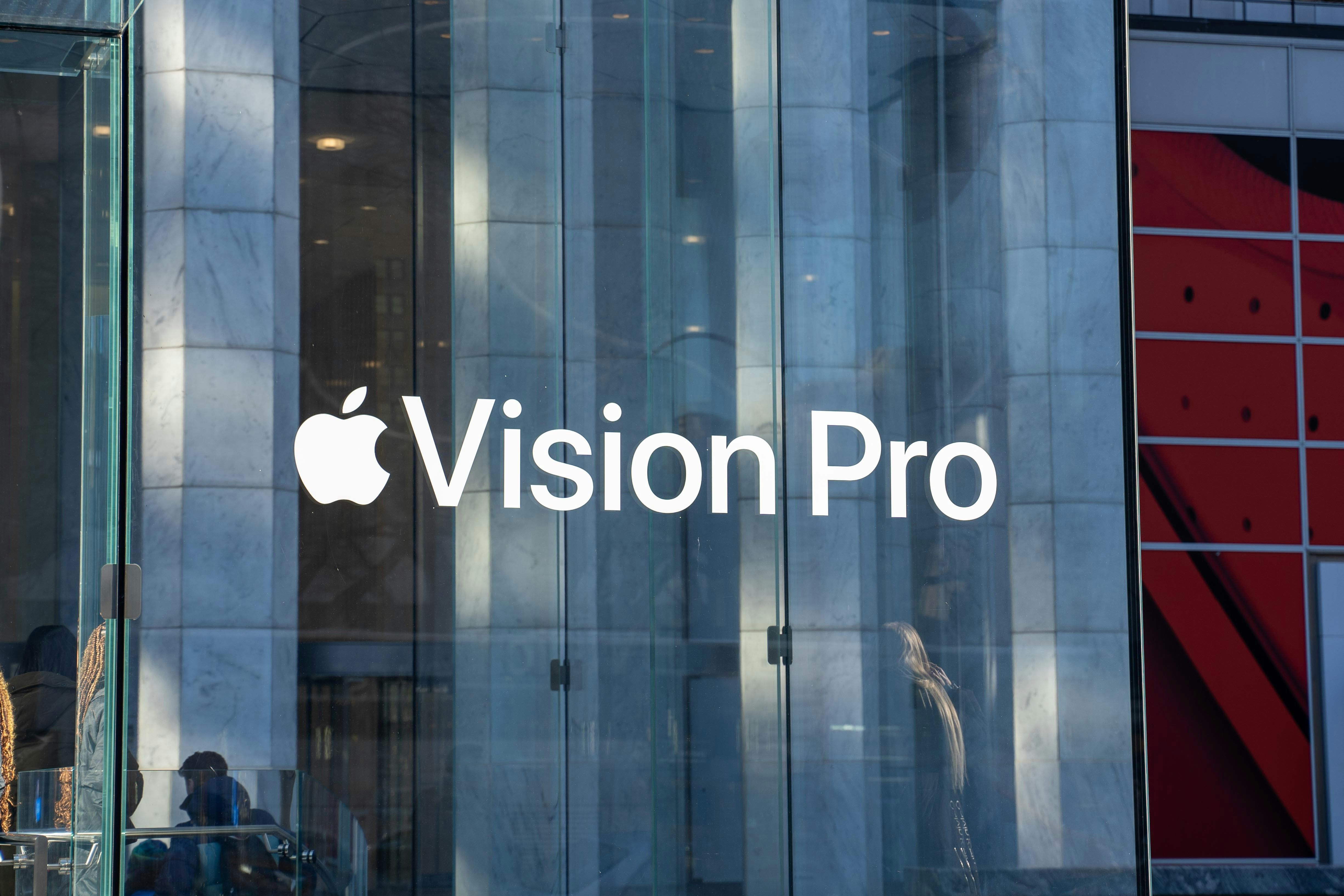One of the leading players in the E-scooter industry, Bird Global, recently filed for bankruptcy protection and shockwaves have rippled throughout the tech world. What are the reasons behind Bird's financial struggles? What does this mean for the rest of the electric scooter market? What are the feasible paths for companies in this industry to achieve long-term financial stability?
Why bankruptcy protection?
Bankruptcy protection is a legal process that allows financially struggling businesses to restructure their debts and operations in order to regain financial health. It provides a temporary shield from creditors, giving companies the breathing room they need to make necessary changes and ultimately emerge stronger.
The rise and fall of Bird Global
Bird's decision to file for bankruptcy protection highlights the challenges faced by even major players in the electric scooter industry. As one of the first companies to introduce an innovative dockless electric scooter sharing model, Bird quickly gained popularity and established a strong presence in cities around the world. Its success attracted significant venture capital investment, enabling rapid expansion and growth.
However, along with its rapid rise came substantial costs. The high expenses associated with manufacturing and maintaining fleets of electric scooters. Coupled with regulatory challenges and fierce competition from other companies, have made it difficult for Bird to achieve profitability. Lack of foresight and strategic decision-making have added insult to injury.
Bird's bankruptcy protection filing cannot be ignored as it marks a turning point for a company that has been perceived as a pioneer and leader in sustainable urban transportation. It is a cautionary tale for companies in the electric scooter industry, underscoring the importance of finding sustainable business models and strategies that address financial challenges early on.
Silicon Valley's venture capital firms played a crucial role in Bird's ascent as a promising startup. With their financial backing, Bird was able to expand its operations rapidly, deploying thousands of electric scooters in cities across the United States and around the world. However, this rapid growth came at a cost, and Bird soon found itself facing financial challenges.
What challenges were Bird actually facing?
Operating Costs - Bird faced steep operating costs, including expenses related to scooter maintenance, charging infrastructure, and regulatory compliance.
Competition - The fierce competition in the electric scooter market put pressure on Bird to constantly invest in marketing and user acquisition efforts.
Addressing Financial Struggles
In an attempt to address its financial struggles, Bird turned to Chapter 11 bankruptcy protection. This legal mechanism allowed the company to reorganize its debts and continue operating while developing a plan to repay its creditors. As part of this process, Bird secured a $150 million loan from MidCap Financial and Apollo Global Management to support its operations during the restructuring phase.
Several key moments and decisions contributed to Bird's eventual financial downfall:
Impact of COVID-19 - The big elephant in the room; the COVID-19 pandemic significantly impacted the demand for shared transportation services like electric scooters. As cities implemented lockdown measures and people stayed home, the ridership numbers plummeted, leading to a decline in revenue for Bird.
Regulatory Challenges - Many cities imposed strict regulations on electric scooter companies due to concerns over safety and cluttered sidewalks. Compliance with these regulations required significant investment in technology and operational infrastructure, adding to Bird's financial burden.
Insights from Industry Experts
Insights from industry experts shed light on the challenges faced by electric scooter companies like Bird in achieving profitability:
They point out that the unit economics of the business model are often unfavorable, with high upfront costs for scooters and ongoing expenses for maintenance and charging. Additionally, the short lifespan of scooters due to wear and tear further adds to the financial strain.
Lessons Learned from Bird's Journey
Despite its current struggles, Bird's journey highlights the complexities and hurdles faced by companies in the electric scooter industry. It is a less-than-gentle warning for other players in this market who must carefully navigate challenges such as regulatory compliance, operational costs, and sustainability to achieve long-term financial stability.
This news could demoralize other players within the sector.

Affecting Investor Confidence
Bird's bankruptcy filing has undoubtedly shaken investor confidence in the broader electric scooter sector. As sustainable transportation struggles to prove its long-term viability and profitability, potential investors may become more cautious about injecting capital into similar ventures. This could result in a tightening of funding for electric scooter companies, making it more challenging for them to secure the necessary resources for growth and expansion.
Exploring Alternative Transportation Options
In light of Bird's financial difficulties, there is a growing interest in exploring alternative environmentally friendly transportation options. As electric scooters face scrutiny from regulators and investors alike, other modes of transport are gaining attention as potential replacements or supplements to scooter fleets. Some options include:
Electric bikes - These offer a more stable and comfortable ride for longer distances.
Compact electric vehicles - Companies like Bolt Mobility are developing these vehicles for short trips within urban areas.
Shaping Urban Mobility Systems
The bankruptcy filing of Bird raises questions about the future role of electric scooter fleets in shaping urban mobility systems. While scooters have gained popularity as a convenient last-mile solution, their long-term sustainability remains uncertain. City officials are now considering the impact of electric scooters on existing infrastructure and public safety concerns. This evaluation might lead to new regulations or restrictions on scooter usage, potentially altering their place within urban mobility ecosystems.
To adapt to these evolving circumstances, companies in the electric scooter industry must find innovative ways to overcome challenges and ensure their continued relevance in the urban transportation landscape.
Strategies for Bird's Turnaround
Bird's bankruptcy filing may seem like the end of the road for the electric scooter company, but there are potential strategies that could help them turn things around and regain their position in the market. Here are some key tactics that Bird could consider:
Diversification of Revenue Streams
One of the critical steps towards financial recovery for Bird would be to explore new avenues for generating revenue. While electric scooter rentals have been the primary source of income for Bird, they could expand their offerings to include other mobility options such as electric bikes or even partnering with ride-hailing services. By diversifying their revenue streams, Bird can reduce their reliance on a single product and gain stability in their finances.
Maintaining a Seamless User Experience
During the restructuring phase, it is essential for Bird to focus on providing a seamless and engaging user experience. This involves ensuring that their app is user-friendly, reliable, and offers features that make renting and using electric scooters convenient. By prioritizing user satisfaction, Bird can retain existing customers and attract new ones, despite the setbacks caused by bankruptcy.
Utilizing Targeted Marketing Campaigns
After emerging from bankruptcy, recapturing the market will be crucial for Bird's success. To achieve this, they can employ targeted marketing campaigns that highlight the benefits of electric scooters as an eco-friendly mode of transportation. By emphasizing factors such as reduced carbon emissions and alleviation of traffic congestion, Bird can appeal to environmentally conscious consumers who are eager to adopt sustainable mobility solutions.
"Bird has a chance to revive its wings and soar once again in the electric scooter market."
However, it is important to note that the success of these tactics will depend on various factors, including market conditions, competition, and Bird's ability to execute the proposed changes effectively.
Looking Ahead: The Future Landscape of the Electric Scooter Market
As we reflect on Bird's bankruptcy filing and its potential impact on the electric scooter industry, it is worth considering the future of this mode of transportation. Will electric scooters continue to sustain their momentum as a popular mode of public transit? What regulatory hurdles might impact the growth of the electric scooter industry in the coming years?
Sustaining Momentum as Public Transit
Electric scooters burst onto the urban transportation scene as convenient and eco-friendly alternatives to conventional modes of travel. Ease of use and ability to navigate congested cities made them extremely popular among commuters and tourists alike. However, sustaining this momentum is proving to be a challenge due to:
Competition from other modes of transportation
As more cities invest in improving public transit systems and alternative transportation options such as bike-sharing programs, electric scooters face increasing competition for ridership.
Infrastructure limitations
Electric scooters rely on adequate infrastructure, including designated lanes and parking areas. Without proper infrastructure investment, scooter riders may face safety concerns and limited accessibility, hindering their widespread adoption.
Safety concerns
Reports of accidents involving electric scooters have raised concerns among lawmakers and the public. Addressing safety issues through improved regulations and rider education will be crucial to maintaining trust in this mode of transport.
Regulatory Hurdles
The electric scooter industry has faced various regulatory challenges, impacting both their operation and growth potential. These hurdles include:
Permitting processes
Many cities require permits for electric scooter companies to operate within their boundaries. The complexity and costs associated with obtaining permits can hinder market entry for new players or even force existing companies out of certain markets.
Geofencing restrictions
Geofencing technology restricts where scooters can operate within a city's boundaries. While intended to promote responsible parking and prevent sidewalk clutter, geofencing can limit the availability and convenience of electric scooters for riders.
Speed and usage restrictions
Some cities have imposed speed limits or restricted scooter usage on certain roads or areas. These limitations aim to ensure rider safety but may also impact the overall efficiency and usefulness of electric scooters.
Data-sharing requirements
Cities increasingly request access to scooter companies' data, such as trip patterns and user information. Balancing privacy concerns with the need for data-driven policy-making poses a challenge for industry stakeholders.
The Path Forward
Despite these industry-wide challenges, the future of the electric scooter market remains promising. To overcome obstacles and continue thriving, the industry can take several steps:
Collaboration with cities
Electric scooter companies must work closely with city officials to address regulatory concerns, improve infrastructure, and develop mutually beneficial partnerships. By demonstrating their commitment to being responsible stakeholders in urban mobility, companies can foster positive relationships and gain support from local governments.
Technological advancements
Continued investment in technology can enhance rider safety and overall user experience. Innovations such as improved battery life, better suspension systems, and advanced geolocation services can make electric scooters more reliable and appealing to riders.
Sustainability initiatives
Electric scooter companies should prioritize sustainability by exploring renewable energy options for charging fleets, promoting recycling programs for damaged scooters, and seeking out materials with a lower environmental impact for manufacturing purposes. These efforts will align with evolving consumer preferences for environmentally friendly transportation solutions.
In conclusion, while Bird's bankruptcy filing may raise concerns about the future of the electric scooter industry, it is important to recognize that challenges exist alongside opportunities for growth. By addressing regulatory hurdles, collaborating with cities, embracing technological advancements, and prioritizing sustainability initiatives, electric scooter companies can navigate the road ahead and continue shaping urban transportation systems towards a more sustainable future.

In the wake of Bird's bankruptcy filing, it's crucial to reflect on the implications for both the company and the wider electric scooter ecosystem. The fall of a major player like Bird serves as a cautionary tale for companies in this industry and beyond, emphasizing the importance of financial stability in the pursuit of sustainable urban transportation solutions.
By learning from Bird's story, businesses can reassess their strategies and prioritize long-term financial viability. This includes:
- Diversifying revenue streams
- Maintaining a seamless user experience
- Implementing targeted marketing efforts to regain market share
As we navigate the future landscape of the electric scooter market, it's essential to recognize the regulatory hurdles that may impact industry growth. While electric scooters have shown promise as a popular mode of public transit, addressing these challenges will be pivotal in shaping their sustained momentum.
By acknowledging the lessons from Bird's journey and focusing on financial stability, companies can work towards creating a resilient and thriving urban mobility sector.







